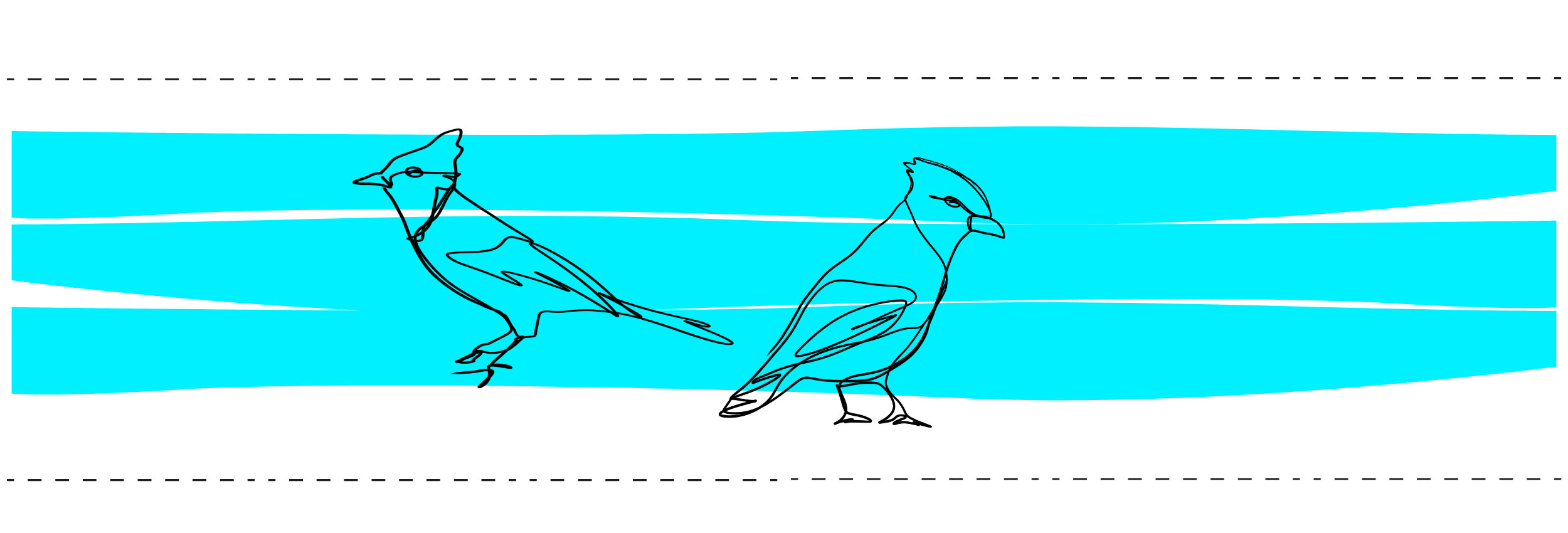Dealing with Conflict
Understanding Your Role as Facilitator
Conflict is a common and expected part of working together or running a program. The truth is, however, that many of us are not practiced at moving through conflict well. Consider the responses that you, as a facilitator, may have in response to conflict.
Download a PDF of the guided prompts for this section or view below
Dealing with Conflict
Conflict is a common and expected part of working together or running a program. The truth is, however, that many of us are not practiced at moving through conflict well. In the Black Lives Matter (BLM) Conflict Resolution Toolkit issues, prepared by Prentis Hemphill and the BLM Healing Justice Working group, they note:
Conflict often has the ability to make us zero in or hyper focus on the moment. We can lose sight of our relationship with the other person(s), their history or even attempts in the moment to rectify or resolve issues. Conflict pushes many of us into our life or death thinking, usually as a result of trauma that taught us that conflict is dangerous or that those who we engage in conflict with will destroy us or devalue us if given the chance.
Pause to reflect: What are your initial responses to conflict?
Do you tend to move towards conflict or avoid it? What work have you already done to become more comfortable working through conflict? What areas are you still working on?
Your role as a facilitator requires dealing with conflict and addressing any harm that is done. If someone says or does something harmful, address it in real time. It is okay to pause a session or pivot a conversation to address what has happened. It can be hurtful or it can break trust to move on without immediate response. To be clear, this does not mean a resolution is typically possible in real time. The goal is to not dismiss harmful words or actions as they occur.
The kind of conflict and harm we are talking about in this guidebook is not at the level of violence or abuse. For a toolkit to help address incidents of violence, you might use Creative Interventions toolkit: ‘How to Stop Interpersonal Violence’. The toolkit they reference can be retrieved from https://www.creative-interventions.org/tools/toolkit/
In Facilitating with Ease! Ingrid Bens describes different approaches that facilitators might take to address conflict, identifying situations where each strategy might be most effective:
Facilitators who avoid conflict might say, “You two seem to have reached a deadlock. I suggest we move on and discuss something else with the time we have available.”
This technique might be useful only in those situations when it is clear that the issue cannot be resolved.
Facilitators who prefer accommodation might say, “It seems to me that “A” is pretty adamant about their opinion. “B”, could you accept their idea since yours won’t work for them?”
Accommodating merely smooths things over; this method is only appropriate in those situations where keeping the peace is more important than finding a solution.
A facilitator who fosters competing might say, “You both have strong arguments that you think are right. Which argument makes the most sense to everyone else?” Competing effectively divides the group and creates situations where some will be unhappy with the result. Facilitators shouldn’t encourage competition.
A facilitator who thinks a compromise might be appropriate might ask, “Is there a middle ground that combines your ideas?”
Compromise may be the best option when a group is polarized and is unable or unwilling to take the time to collaborate.
A facilitator working to help a group collaborate might say, “Let’s see if we can work together to build a solution that would address everyone’s concerns.”
Collaboration is often preferred over compromise as it deliberately attempts to address each person’s contributions and find solutions not yet identified.

Suggested citation:
Tkaronto CIRCLE Lab. (2023). Dealing with Conflict [Land Education Dreambook]. https://www.landeducationdreambook.com/dealing-with-conflict
